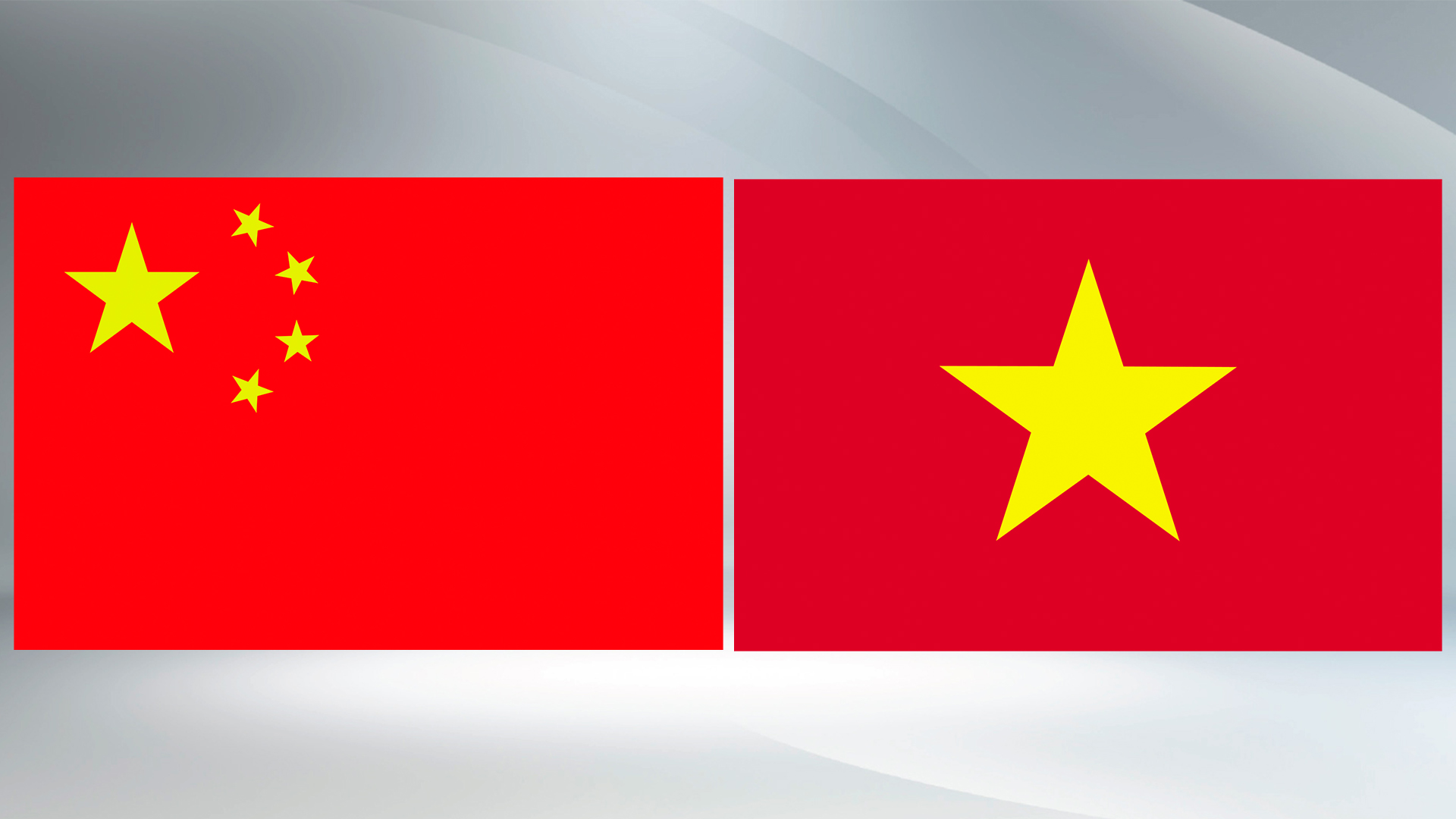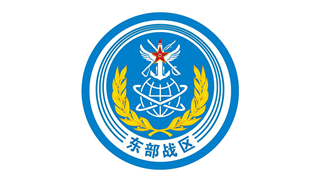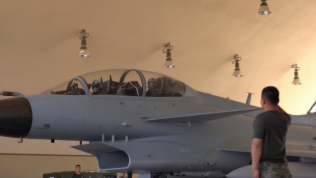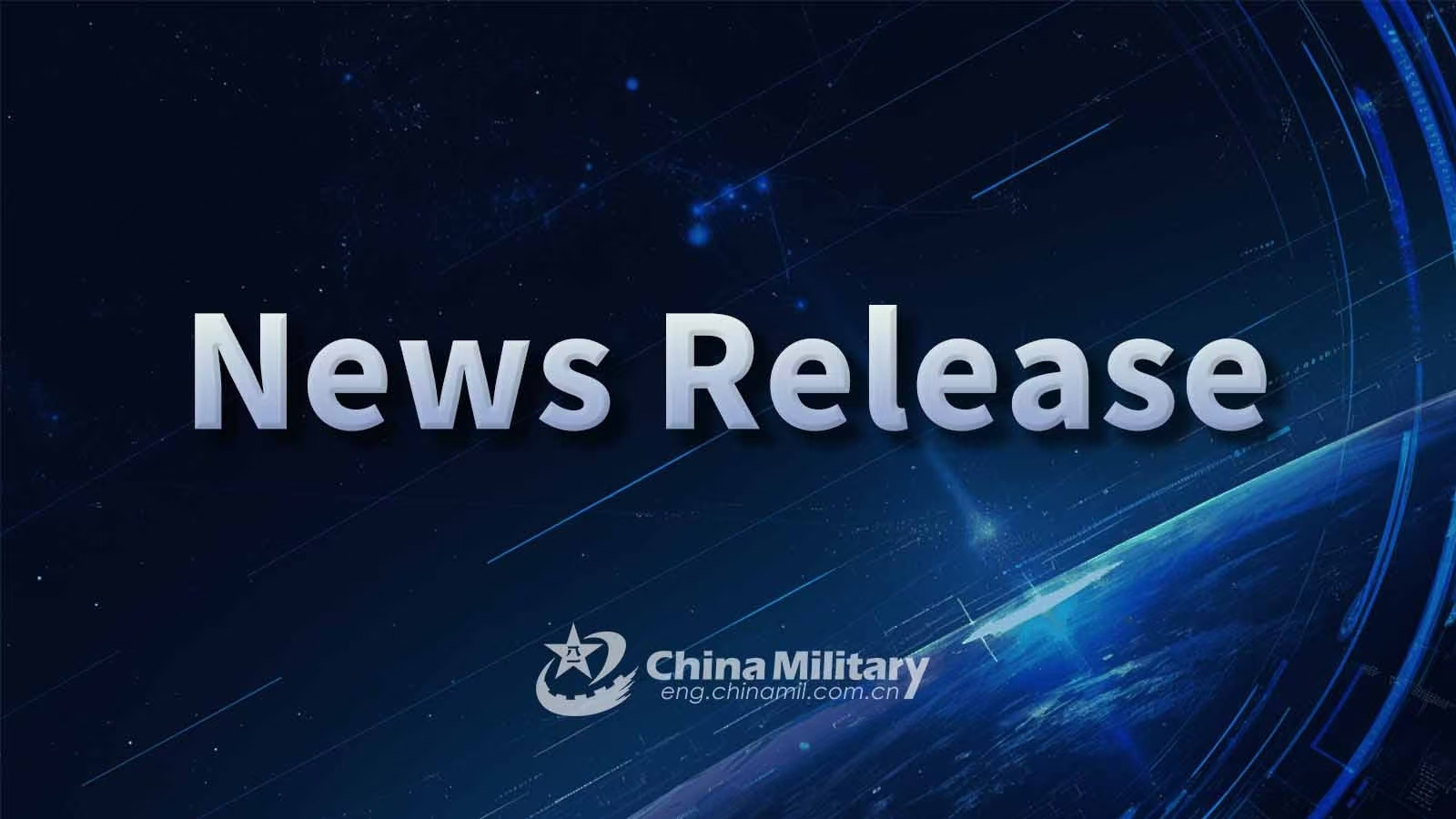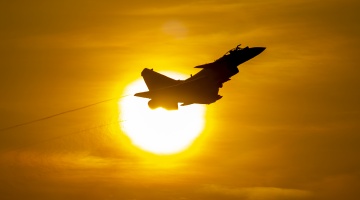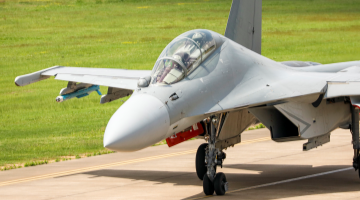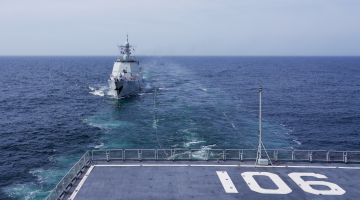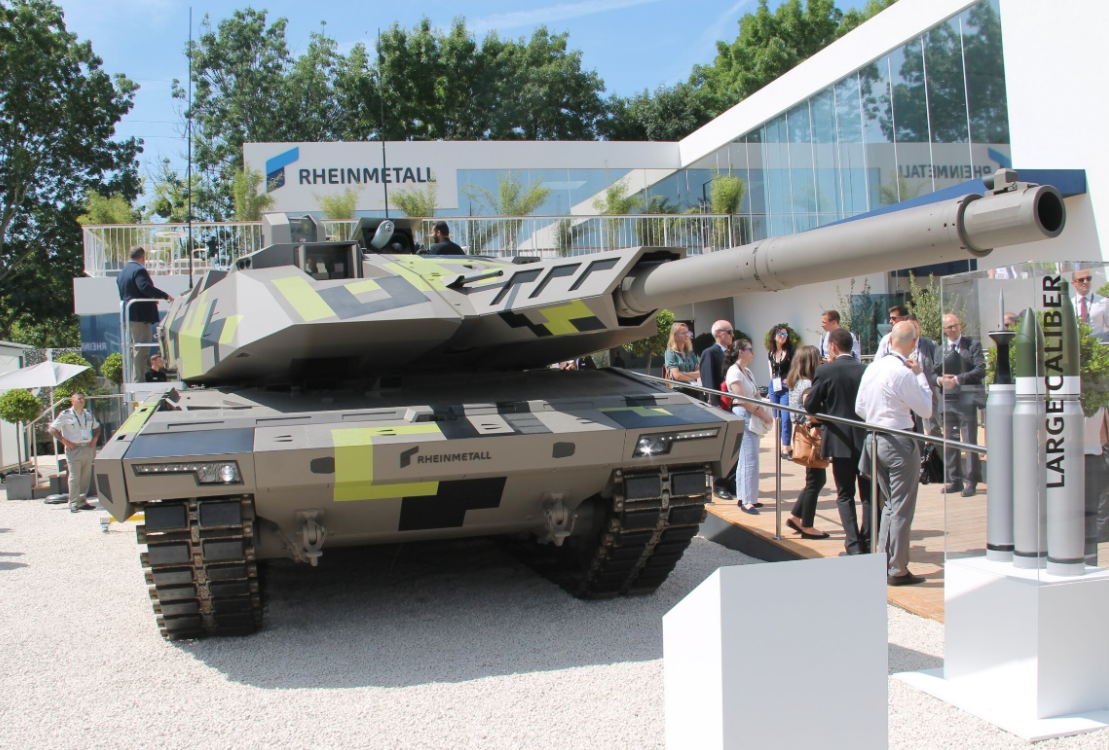
The photo shows the under-development Panther KF51 , Germany's fourth-generation tank, which demonstrates the level of technology at the forefront of the world.
By Ling Yunzhi
According to a recently published research report provided by the Bonn International Centre for Conflict Studies (BICC) to the German Press Agency (dpa), public data over the past 30 years show that the German Bundeswehr has become roughly on par with the French and British armed forces in the respect of weaponry, personnel quality and combat readiness.
As a defeated country after WWII, the quantity of troops and magnitude of equipment in Germany have been subject to significant constraints, yet the military strength of this traditional power of Europe shall not be underestimated. Relevant data revealed that its 2022 military expenditure was 53.4 billion US dollars, ranking seventh in the world, and the country now registers 120,000 active troops in total, with sophisticated weaponry systems equipped. In terms of military strength, Germany has made numerous impressive achievements by virtue of its advantages in the economic, industrial, scientific, technological and other fields, positioned among the world's frontrunners in the development and application of many cutting-edge technologies in particular, all of which have been converted into military potentials.
Amid the changing security situation in Europe in recent years, especially after Chancellor Scholz came to power, Germany has significantly accelerated military construction and constantly strengthened its dominant position in the EU. Although not a permanent member of the UN Security Council, Germany exerts great political influence in the EU, being the main advocate and active promoter of the EU defense integration. In October 2022, led by Germany and participated by many other European countries, a defense alliance called European Sky Shield Initiative (ESSI) was established, which has now included 15 NATO countries as well as Finland and Sweden, further consolidating Germany's bellwether role in the independent defense affairs of Europe.
Furthermore, Germany is also leading the pan-European union of armed forces, attempting to build a defense system with itself as the core by strengthening defense cooperation with the EU and neighboring countries. In April 2023, the German Army's 10th Armored Division merged with the Dutch 13 Light Armoured Brigade, which was regarded as a key step in the integration of the two countries' defense forces and an important experiment in the deep military cooperation within the EU. Apart from the Netherlands, Germany has also formed transnational military formations with the forces of nearly 20 countries, seven of which will push forward towards a larger deployment of joint military units. All these will further enable Germany to build a pan-European armed force system centered around itself, to play its leading role in the EU defense integration process.
However, it should also be noted at the same time that due to the military development constraints after WWII, Germany still has great shortcomings or evident gaps in personnel, facilities, weaponry and military technologies compared with France, the UK and other European powers. For example, France possesses several times the navy strength and twice the ship tonnage of Germany, as well as aircraft carriers, nuclear submarines, amphibious assault ships and other strategic weapons and equipment, empowered with a structured and complete military industry system sufficient to feed its military forces. Conversely, Germany lacks both a substantial fleet of large ships and the competency for independent development of fighter jets, aircraft carriers, nuclear submarines and amphibious assault ships.
Moreover, subject to funding and technological expertise, Germany faces long-standing maintenance issues with the primary fighter jets, tanks and other equipment together with a deficiency of materials and weaponry in many troops. Although the country has begun to increase its military investment, it still takes some time to improve its national military strength. And its objective to convert the potential competitiveness in the economic, scientific and technological fields into actual military power cannot be achieved quickly.
Such issues as Germany's military construction and its inclination for military expansion long remain under close scrutiny by the international community. In fact, some hidden intentions do lurk behind Germany's military construction. For example, to bolster the financial support for military expansion, Germany directly adjusted the constitution and approved the establishment of a special fund for the military, which exceeded the scope of amending the bill itself. On the one hand, the German Bundeswehr can realize the military expansion in the real sense with this huge fund. On the other hand, both the German House of Representatives and Senate's endorsement of bill revision reflects a consensus on military expansion within Germany, which is a more dangerous signal than military construction. This successful initiation will set the stage for more frequent and radical constitutional amendments in the future.
In addition, Germany's endeavor to achieve all-round integration with other European troops through active military coalition is also a manifestation of its outward expansion intent. Given its current identity as a defeated nation, Germany is hindered in openly pursuing a wide range of military activities. Through military coalition and integration, the country could effectively avoid the relevant restrictions for normalization of military development with a new identity, a scheme of using a shell as a means of starting anew essentially. It can be predicted that if this practice continues to expand to other countries in the future, it will greatly transform the current defense posture of the EU and significantly impact the European security pattern.
Editor's note: Originally published on thepaper.cn, this article is translated from Chinese into English and edited by the China Military Online. The information and opinions in this article do not necessarily reflect the views of eng.chinamil.com.cn.


